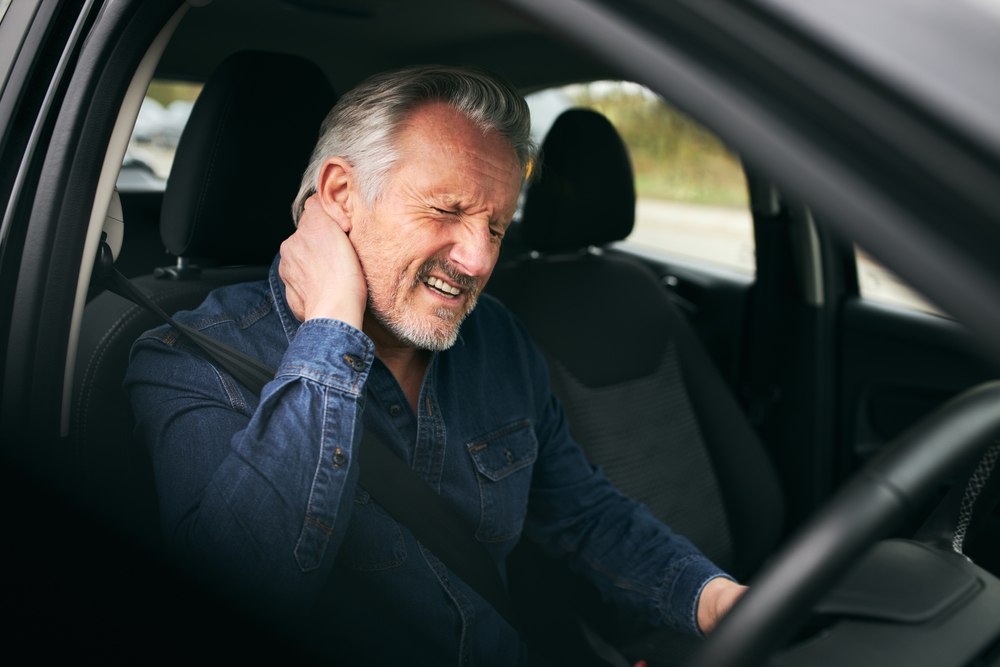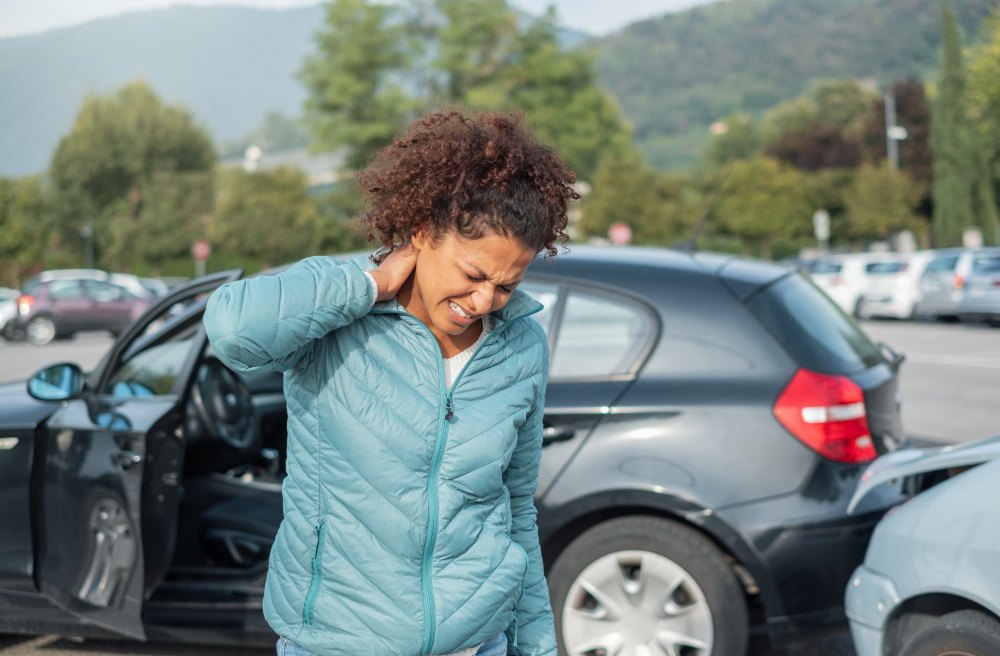
Even mild car accidents often lead to injuries for those involved. Generally speaking, if the impact was enough to damage your car, it is likely going to cause some level of damage to your body. While this means it’s normal to feel soreness after an accident, many people mistakenly believe that this pain will go away on its own or that because it is normal, it’s not serious. Instead, it is important to seek medical care in the immediate aftermath of a car accident.
Not only will a doctor be able to evaluate any symptoms you are experiencing, but they will also be able to identify injuries that you may not be aware of yet. You may be able to identify certain injuries on your own, while others require diagnostic imaging and the expertise of a doctor who specializes in car accidents. It can also be helpful to be familiar with the most common injuries that result from car accidents so that you can be aware of any potential issues.
Not only are injuries to the head and brain some of the most common car accident injuries, but they can also be some of the most severe. Any potential head injuries should be treated quickly and with expert care. One of the things first responders will look for on the scene of an accident will be signs of a head injury. However, if they do not immediately identify a head injury, you should still be on the lookout for symptoms in the days following the accident.
Any headaches, pains in the neck or head, or contusions to the head are all indications that the head experienced trauma and may need to be evaluated. Additionally, a loss of clarity, memory troubles, issues focusing or paying attention, and visual disturbances can all be signs of a TBI. When a brain injury occurs, it can also present with sleep issues or shifts in emotion and behavior over time.
Untreated, head injuries can be very serious and should be diagnosed and treated quickly and properly.
Whiplash is one of the injuries we associate most heavily with car accidents, and it plays a role in a large portion of incidents. When a car accident leads to injuries, it is usually because there is an impact strong enough to cause your body to move quickly forward and backward again. This unnatural movement can stretch or even tear the soft tissues in your neck and shoulder, leading to pain and a limited range of motion. Most cases of whiplash can be treated with physical therapy, chiropractic care, and pain management, but some severe cases can become chronic and require further intervention.
Pain in the neck and shoulders, headaches, or trouble moving the neck and arms are all signs of whiplash and should be diagnosed by a doctor to prevent the worsening of any soft tissue injuries.
Though the spine is very durable, it is also complex and vulnerable to injury during a car accident. Whiplash affects the neck, but it can also impact the spine, and the same movement may cause other injuries to the spine as well. It is common to herniate or rupture discs, the gel-like cushions between vertebrae, leading to compression on the surrounding nerves and severe pain.
In addition to causing issues, car accidents can exacerbate any existing back or spine conditions by causing tension on the spine.
It is a natural reaction for someone in a car accident to try and brace themselves for impact or shield their face from harm. Some people may even grip the steering wheel tightly. While these are natural instincts, it can also leave the hands and wrists more vulnerable to injury than if they had stayed relaxed.
Hands are very often bruised or cut by debris at least and can suffer from broken fingers and soft tissue injuries in more serious scenarios. Like the hand, the wrist is made up of small and delicate bones that are commonly fractured in accidents. The wrist joint can also become dislocated if the angle allows.
You may see surface wounds, but if your hand or wrist are painful to move, tender to the touch, or visibly deformed after an accident, medical help should be brought in to determine the extent of the injuries. Pain and range of motion should be monitored for any changes that necessitate further care.
There are two very common knee injuries that occur on those who are sitting in the driver’s seat or front passenger’s seat.
A PCL injury occurs when the knees collide with the dashboard, which is why this is often known as “dashboard knee”. This can result in tears or other issues with the ligaments that require orthopedic care and can potentially require surgery.
An MCL injury is similar but is caused by the knee hitting another object in the car. This can lead to fractures and dislocations, but most commonly the result is soft tissue injuries. Without proper treatment, these soft tissue injuries can lead to chronic pain or subsequent injuries.
The foot is the foundation of the body and is essential for most of the tasks we do throughout the day. The foot supports the body, while the ankle joint helps provide stability and flexibility. In a car accident, feet may be used to brace, can experience pressure as you try to hit the brake or gas, or can be crushed by car components, leaving them vulnerable to car accident injuries.
In addition to fractures and breaks, feet are particularly susceptible to compartment syndrome. This occurs when pressure builds up in a part of the body that has experienced trauma like a crush injury, puncture wounds, or compound fractures. This can lead to bleeding and severe effects if not treated quickly.
Other injuries, like injuries to the midfoot, range from mild to severe, depending on pain level and how much they impede mobility. In order to regain the use of your feet and ankles, it is important to have these injuries treated so they are not worsened by daily walking and activities.
Seatbelts are a lifesaving device that typically prevent more serious injury, or even death, from occurring. However, sometimes seatbelts can lead to chest or abdomen injuries. Upon impact, your seatbelt should keep you still in your seat, but this can lead to pressure on the chest. Bruised or broken ribs are a common result of this, and in severe cases, internal injuries can occur, including internal bleeding that needs to be treated surgically.
The chest is also vulnerable for the driver, who may collide with the steering wheel and cause blunt force trauma from the impact. While rib damage is usually treated easily and heals over time, chest injuries should lead to an evaluation to rule out any internal injuries that may be present.
Whether you are noticing mild or severe symptoms after a car accident, it is crucial to seek medical attention as soon as possible. Not all common injuries will be apparent right away, though they can have serious consequences. An evaluation by a car accident injury specialist will allow you to identify the cause of any symptoms as well as identify injuries that you are not yet aware are present.


